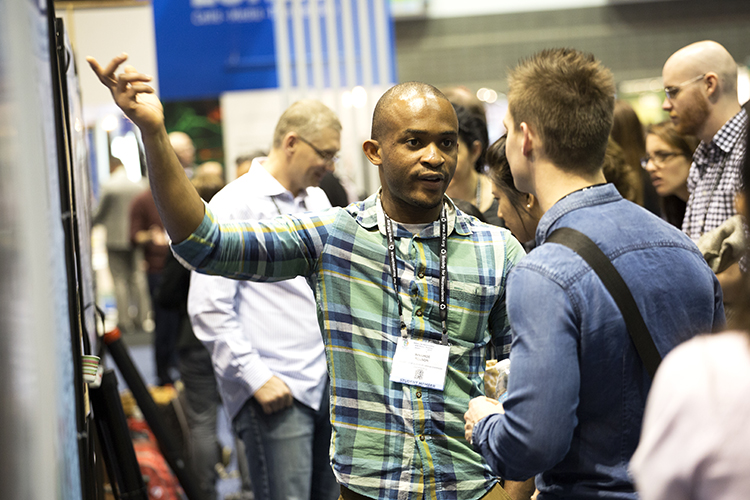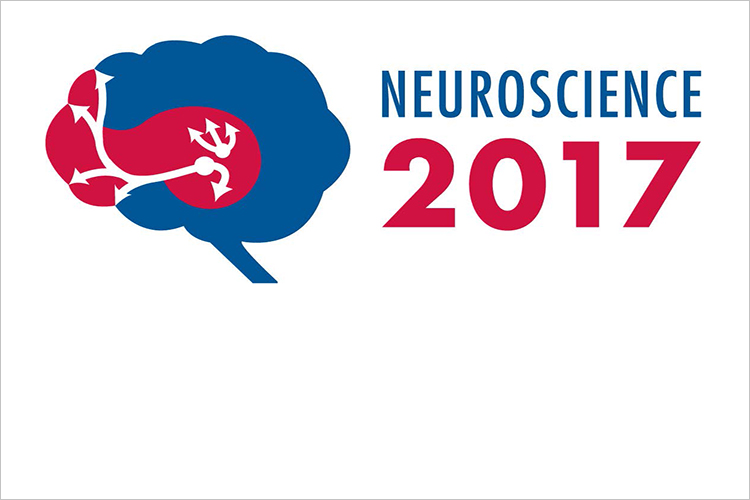-
Aug 28, 2017Press Release, News from SfN
A new study in mice published in The Journal of Neuroscience details a potential therapeutic strategy that uses stem cells to promote recovery of motor activity after spinal cord injury.
-
Aug 21, 2017Press Release, News from SfNActivation of a reward-processing brain region peaks in the morning and evening and dips at 2 p.m., finds a study of healthy young men published in The Journal of Neuroscience.
-
Aug 14, 2017Press Release
Testosterone controls specific features of birdsong in two distinct regions of the canary brain that resemble the human motor cortex.
-
Aug 14, 2017Press Release, News from SfNNew experiments described in The Journal of Neuroscience support distinct roles for two brain pathways in processing information related to an object, with one carrying a largely invariant representation of an object and the other a flexible one depending on what we do with an object.
-
Aug 14, 2017News from SfN, Press ReleaseThis year, 15-year-old Sojas Wagle added more successful endeavors to his list: winning the U.S. and World Brain Bees.
-
Aug 14, 2017Press Release, News from SfN
A study in eNeuro shows that, when remembering a sequence of events, the brain focuses on the event paid the least attention, rather than replaying the events in the order they occurred. This finding suggests that attention during the initial encoding of a memory influences how information is manipulated in working memory.
-
Aug 11, 2017News from SfN, Press ReleaseThis one-minute video showcases global scientific exchange at SfN's annual meeting. Register today »
-
Aug 07, 2017Press Release
Structural connections between frontal and parietal areas in children’s brains can predict their ability to reason later in life, reports new research published in The Journal of Neuroscience.
-
Aug 04, 2017News from SfN, Press ReleaseSfN strongly recommends against entering into agreements with companies that are not directly contracted by SfN.
-
Jul 31, 2017Press Release, News from SfNMice genetically modified to model autism spectrum disorders (ASD) cause changes in the behavior of their unmodified littermates when housed together. The findings, published in eNeuro, show how social environment shapes behaviors characteristic of mouse models for ASD and have implications for the interpretation of results obtained from mouse models of psychiatric disorders.
Quick Links
Copyright ©
Society for Neuroscience




















